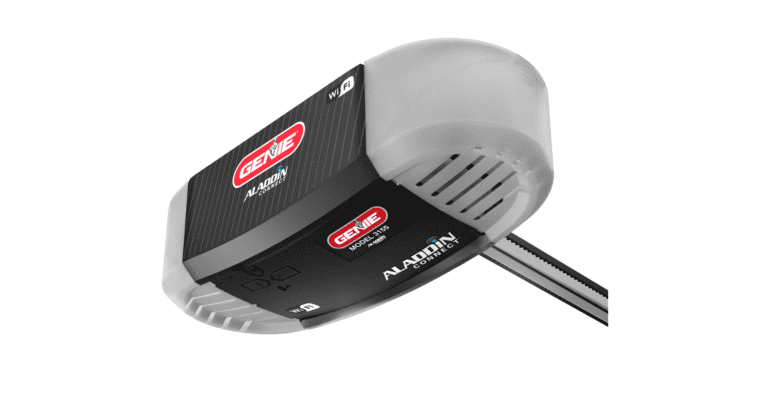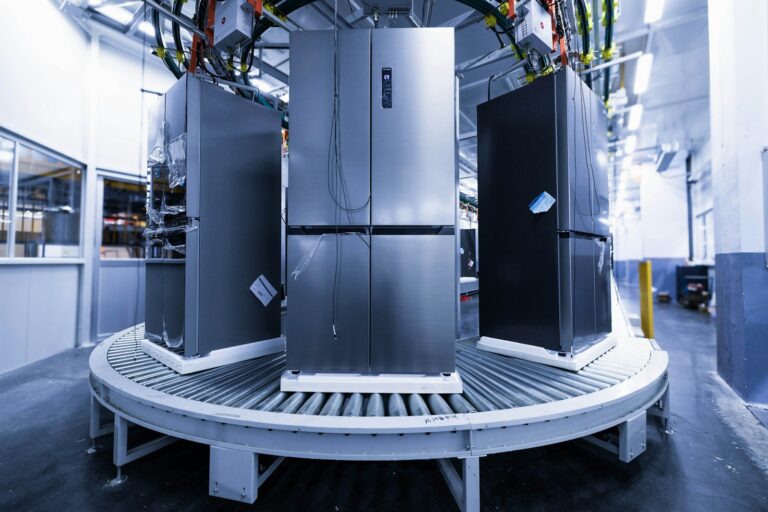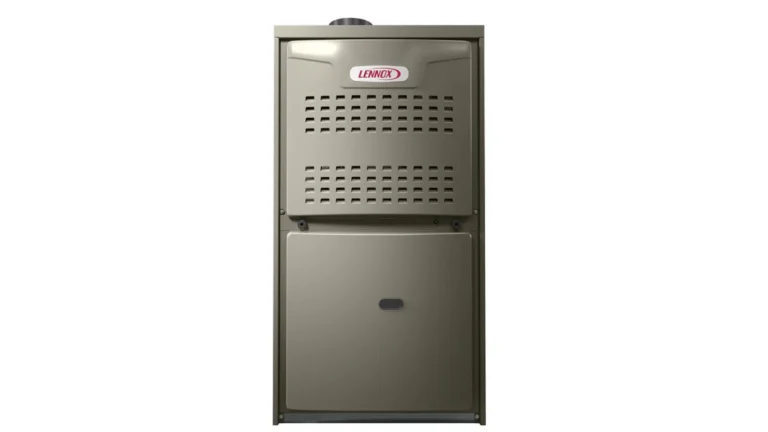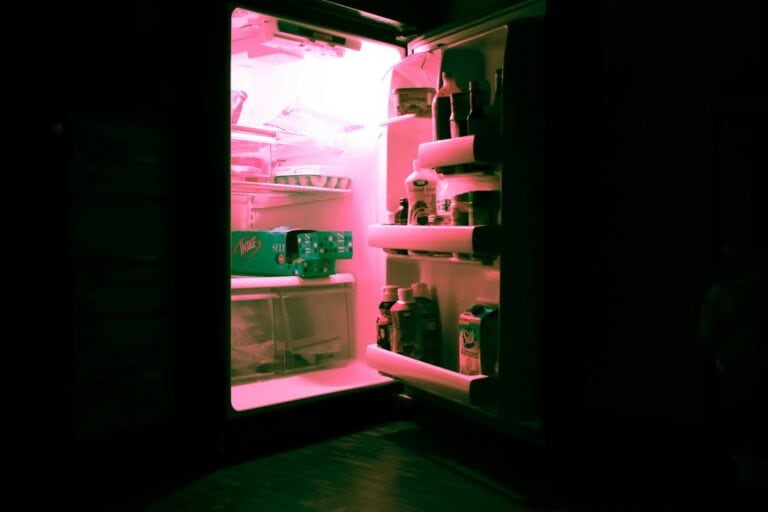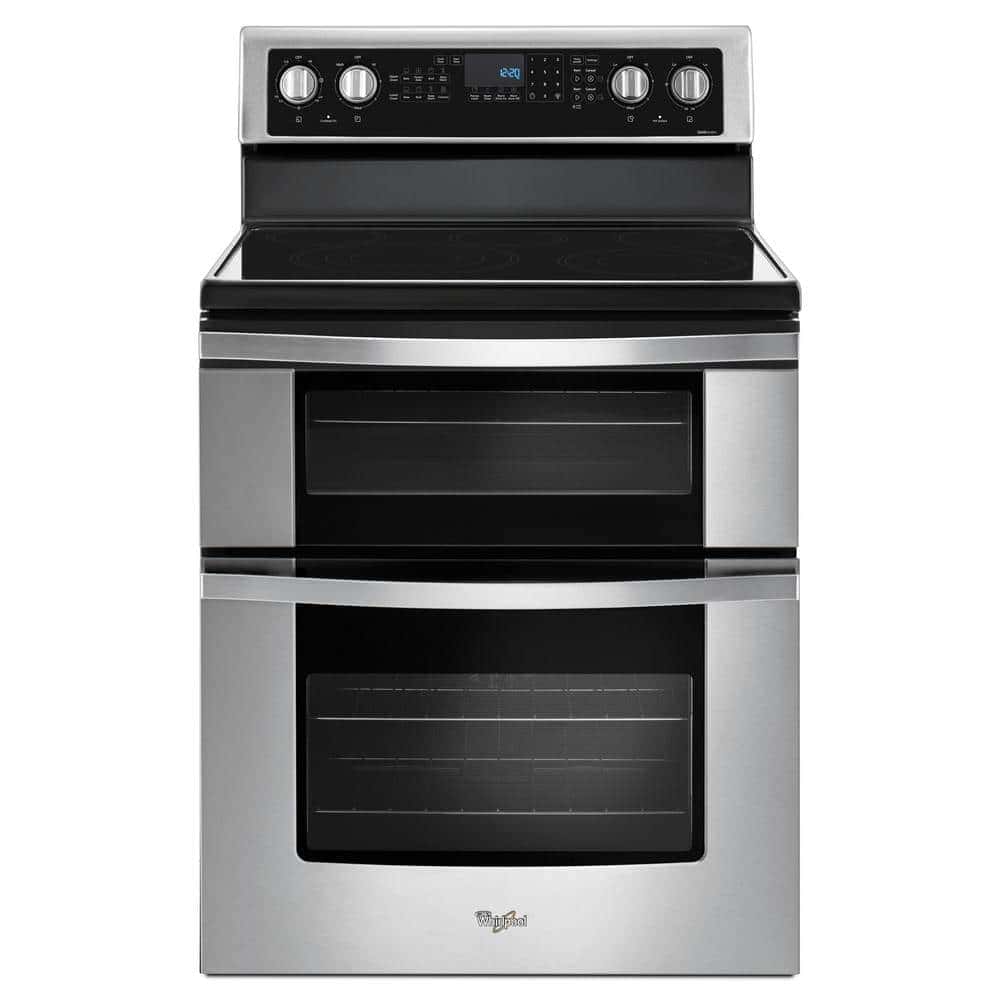
Is your oven cooking everything too fast and burning your food? This frustrating problem affects many home cooks and can ruin carefully planned meals. An overheating oven typically happens due to a few common issues that you can often identify without professional help. A malfunctioning thermostat, broken temperature sensor, or damaged heating elements are the most common causes of an oven that gets too hot.
When an oven overheats, it doesn’t just burn food—it can waste energy and potentially create safety hazards in your kitchen. Before calling for repairs, there are several troubleshooting steps homeowners can take to diagnose the problem. Many common oven heating issues have simple solutions that might save you money on service calls.
Common Causes of an Oven That Gets Too Hot
If your oven is overheating, it’s more than just an inconvenience—it can ruin your meals and even be dangerous over time. The first step to fixing the problem is understanding why it’s happening. Here are the most common culprits behind an oven that runs too hot:
1. A Faulty Temperature Sensor
The temperature sensor monitors the heat inside your oven and signals the control board to turn the heating elements on or off. If it’s malfunctioning or out of position, it can send incorrect readings, causing your oven to overheat.
2. Malfunctioning Thermostat
Older ovens typically rely on a mechanical thermostat to regulate temperature. If this part wears out or becomes defective, the oven can heat far beyond the temperature you’ve set.
3. Broken Oven Control Board
The control board is the brain of modern ovens. It receives data from the sensor and adjusts the power to the heating elements. If it’s failing, it may not cut off power when it should, leading to excessive heat.
4. Damaged Heating Elements
If your bake or broil element is damaged or shorted, it can stay on continuously instead of cycling off as it should. This is especially common in electric ovens.
5. Door Seal (Gasket) Issues
If the door seal is worn out or damaged, heat can escape. This may cause the oven’s sensor to read a lower internal temperature and signal the heating elements to work overtime, overheating the oven in the process.
Step-By-Step Guide to Fix an Oven That Is Getting Too Hot
Once you’ve pinpointed a possible cause, follow this detailed guide to troubleshoot and fix the problem. Always unplug the oven or shut off the breaker before performing any repairs.
Step 1: Check the Temperature Sensor
- Open the oven and locate the temperature sensor—it’s usually a thin, metal rod sticking out from one of the oven walls.
- Make sure it’s positioned correctly and not touching the oven walls. If it’s out of place, gently bend it back into position.
- Use a multimeter to test its resistance. At room temperature, it should read about 1,080 ohms. If it’s significantly off, replace the sensor.
Step 2: Test and Replace the Oven Thermostat
- If you have an older oven, locate the thermostat behind the temperature control knob.
- Remove the back panel to access it.
- Disconnect the thermostat and test it with a multimeter. If there’s no continuity or it gives erratic readings, it’s time for a new one.
- Install a replacement thermostat and reassemble the oven.
Step 3: Inspect the Oven Control Board
- If you have a modern digital oven, the control board could be to blame.
- Remove the back panel to expose the board.
- Look for burn marks, damaged components, or loose connections.
- If you spot any issues, replacing the control board is usually more cost-effective than repairing it.
Step 4: Examine the Heating Elements
- Visually inspect the bake and broil elements for blistering, cracks, or burn marks.
- Turn the oven on and watch the elements. They should glow evenly red. If one stays on constantly, it’s likely shorted.
- Test each element for continuity with a multimeter. If faulty, replace the element.
Step 5: Check the Door Seal (Gasket)
- Open the oven door and inspect the rubber gasket around the edges.
- Look for tears, gaps, or compressed areas.
- If it’s not sealing properly, heat can escape and trick the oven into overheating. Replace the gasket if damaged.
How to Calibrate Your Oven’s Temperature
Even if the components are working, your oven may be out of calibration—causing it to run hotter than it should.
For Digital Ovens:
- Look for the calibration option in your oven’s settings or manual.
- Most ovens allow you to adjust the temperature offset by +/-35°F.
- Use an oven thermometer to measure the actual temperature inside. Preheat to 350°F and check the reading after 15-20 minutes.
- Adjust the calibration based on the difference between the thermometer and the set temperature.
For Analog Ovens:
- Remove the control knob and look for a small calibration screw on the back.
- Turn it slightly clockwise to increase the temperature or counterclockwise to decrease it.
- Make small adjustments, test, and repeat until the temperature is accurate.
Pro Tips to Keep Your Oven Running Safely and Accurately
- Invest in an Oven Thermometer: Even after repairs, an oven thermometer can give you a reliable reading of your oven’s temperature and help you catch issues early.
- Avoid Blocking Air Vents: Don’t cover racks with foil or overcrowd the oven. This can disrupt airflow and cause inaccurate temperature readings.
- Clean Regularly: Buildup on the temperature sensor or heating elements can cause uneven or excessive heating.
- Replace Parts with OEM Components: Generic parts might be cheaper, but they often don’t meet the same quality standards as OEM parts.
When to Call a Professional
If you’ve walked through all these steps and your oven is still overheating, it may be time to bring in a professional. Electrical issues with the control board or more complex repairs can pose safety risks if handled incorrectly. A licensed technician can diagnose and fix advanced problems quickly and safely.
By following this guide, you’ll not only fix your oven but help prevent future issues from cropping up. Whether you’re an experienced DIYer or just trying to save a service call, these steps give you everything you need to tackle an oven that’s running too hot.
Key Takeaways
- Check the thermostat and temperature sensor first as these are the most common causes of overheating issues.
- Regular calibration and maintenance can prevent many oven temperature problems before they start.
- Some repairs are DIY-friendly while others require professional service to ensure safety and proper function.
Understanding Oven Temperature Regulation
Proper temperature regulation is critical for successful baking and cooking. When your oven gets too hot, it’s usually due to a malfunction in one of the key temperature control components.
Components of Temperature Control
An oven’s temperature control system consists of several interconnected parts that work together to maintain the desired cooking temperature. The main components include:
- Temperature sensor (also called a probe or thermistor)
- Thermostat (mechanical or electronic)
- Control board (in digital ovens)
- Heating elements
- Cooling fan
When any of these parts fails, your oven may begin to overheat regularly. Modern ovens use sophisticated electronic systems, while older models rely on simpler mechanical thermostats.
The control board receives signals from the temperature sensor and adjusts power to the heating elements accordingly. In gas ovens, it controls the gas valve instead.
Role of the Temperature Sensor
The temperature sensor is a thin metal probe located at the back of the oven cavity. It constantly monitors the internal temperature and sends this information to the control board.
As the oven heats up, the sensor’s electrical resistance changes proportionally. This changing resistance is what allows the oven to “know” when to reduce or increase heat.
Damaged temperature sensors are a common cause of overheating ovens. When a sensor fails, it might send incorrect readings, causing the oven to continue heating beyond the set temperature.
Signs of a faulty sensor include:
- Uneven cooking results
- Significant temperature differences from settings
- Rapid temperature fluctuations during cooking
Function of the Oven Thermostat
The thermostat acts as the oven’s temperature regulator, using input from the temperature sensor to control heating cycles. In older ovens, mechanical thermostats use physical expansion and contraction of metals to regulate temperature.
When the thermostat receives signals that the desired temperature is reached, it cuts power to the heating elements. As the temperature drops below the setting, it restores power to maintain consistent heat.
Broken thermostats can cause severe overheating because they fail to shut off power to heating elements. This creates potentially dangerous situations and ruins food.
Many ovens allow thermostat calibration to correct minor temperature discrepancies. For persistent problems, replacing the thermostat might be necessary.
Common Causes of Oven Overheating
When your oven gets too hot, it can ruin meals and potentially create safety hazards. Several key components typically fail when an oven overheats, including the thermostat, control board, and temperature sensing systems.
Malfunctioning Thermostat
A broken thermostat is one of the most common causes of oven overheating. The thermostat regulates temperature by cycling the heating elements on and off as needed.
When a thermostat fails, it may not properly signal the heating elements to turn off once the desired temperature is reached. This causes the oven to continue heating beyond the set temperature.
Signs of a faulty thermostat include:
- Food consistently burns even at lower temperature settings
- The oven feels unusually hot from the outside
- Temperature readings on an external thermometer are much higher than the set temperature
The thermostat knob itself can also be the culprit. If it’s damaged or improperly calibrated, it may send incorrect signals to the internal components, resulting in temperature control issues.
Faulty Control Board
The control board is essentially the brain of modern ovens. It receives input from sensors and controls the heating elements accordingly. When this electronic component malfunctions, it can cause serious temperature regulation problems.
A damaged control board might:
- Misinterpret temperature readings from sensors
- Fail to turn heating elements off at appropriate times
- Cause heating elements to stay on continuously
Control board failures often result in extreme temperature fluctuations or constant overheating regardless of the temperature setting. These issues typically worsen over time.
Moisture, power surges, and normal wear and tear can all damage the control board. Unlike some simpler components, control board issues usually require professional diagnosis and replacement.
Inaccurate Oven Thermometer
The temperature sensor or thermometer works with the thermostat to monitor the internal temperature. When it fails, the oven receives incorrect temperature readings.
A faulty temperature sensor may:
- Report lower-than-actual temperatures, causing the oven to overheat
- Provide inconsistent readings, leading to temperature fluctuations
- Fail to communicate properly with the control board
Over time, these sensors can become damaged or misaligned, especially in older ovens. The sensor is typically a long, thin tube located at the back of the oven cavity.
Testing the sensor requires measuring its resistance with a multimeter. As temperature increases, resistance should increase as well. Improper resistance readings indicate the sensor needs replacement.
Troubleshooting the Overheating Oven
When an oven consistently runs too hot, it can ruin meals and potentially create safety hazards. Finding the source of the problem requires systematic testing of key components.
Interpreting Error Codes
Many modern ovens display error codes when something goes wrong with temperature regulation. These codes provide valuable diagnostic information for troubleshooting.
For example, on most ovens, an F1 error typically indicates a temperature sensor issue, while F3 often points to problems with the temperature probe. F10 codes commonly suggest thermostat failures.
Kenmore models and other brands use specific code patterns. To decode these messages:
- Check the owner’s manual for error code definitions
- Write down any flashing codes that appear
- Turn the oven off and back on to see if the error persists
- Search the manufacturer’s website using the specific code
Error codes significantly narrow down potential issues, saving time and preventing unnecessary parts replacement.
Checking the Oven’s Internal Temperature
Verifying the oven’s actual internal temperature can confirm whether it’s truly overheating or just miscalibrated. This simple test requires an oven thermometer.
To test the oven’s temperature accuracy:
- Place an oven-safe thermometer in the center of the middle rack
- Set the oven to 350°F (176°C)
- Allow the oven to preheat completely (about 20 minutes)
- Check the thermometer reading without opening the door (if possible)
- Record temperatures at 15-minute intervals for an hour
A properly functioning oven should maintain a temperature within 25°F of the set temperature. Variations greater than this indicate a problem with temperature regulation.
If the temperature fluctuates wildly or consistently runs more than 50°F above the setting, this confirms an overheating issue that needs attention.
Assessing Thermostat Functionality
The thermostat is often the culprit in overheating situations. This component regulates heat by cycling the heating elements on and off.
Signs of thermostat problems include:
- Oven continues heating beyond set temperature
- Temperature swings dramatically between too hot and too cold
- Cooking times vary significantly from recipe recommendations
- Thermostat knob feels loose or disconnected
To test the thermostat and temperature sensor, first unplug the oven. Locate the temperature sensor (usually a thin metal probe inside the oven) and check for visible damage.
A functioning sensor should have a resistance that changes with temperature. Using a multimeter can help determine if the sensor responds appropriately to temperature changes. Most sensors show about 1100 ohms of resistance at room temperature.
Professional Assistance and Verified Experts
Sometimes oven problems require more than DIY fixes. When temperature issues persist, getting help from qualified professionals can save time and prevent further damage to your appliance.
When to Involve an Appliance Expert
If you’ve tried basic troubleshooting steps but your oven still overheats, it’s time to call an appliance expert. Professional technicians should be contacted when:
- Temperature fluctuations remain after sensor or thermostat checks
- Electrical components need replacement
- The control board shows signs of failure
- The oven continues to heat when turned off
Certified technicians have specialized tools to accurately diagnose temperature issues. They can safely disassemble complex components that might be dangerous for homeowners to handle.
Most reputable repair services offer warranties on their work. This provides peace of mind knowing that if the problem persists, they’ll return to fix it properly.
Utilizing Online Resources Like JustAnswer
For preliminary diagnosis before scheduling an in-person visit, online expert services can be invaluable. JustAnswer connects homeowners with verified experts who can help troubleshoot oven problems remotely.
These platforms typically work through:
- Detailed problem descriptions provided by the homeowner
- Photos of the oven components if possible
- Real-time chat with certified technicians
Verified experts can often identify common overheating issues based on symptoms described. They might suggest specific tests to determine if a component needs replacement.
The advantage is quick access to professional advice without waiting for an appointment. Many problems can be diagnosed this way, helping homeowners decide if a service call is necessary.
Preventive Measures and Maintenance Tips
Taking proactive steps can help prevent your oven from overheating and ensure it delivers consistent cooking results. Regular maintenance can extend the life of your appliance and save money on costly repairs.
Regular Calibration of Temperature Control
Calibrating your oven’s temperature control is essential for accurate cooking. Most ovens can drift from their set temperature over time, leading to overheating issues. To check if calibration is needed, place an oven-safe thermometer inside and compare its reading with the set temperature.
Many modern ovens have built-in calibration settings. Check your owner’s manual for specific instructions on how to access this feature. For older models, you may need to adjust the temperature dial manually.
Recommended calibration schedule:
- Every 6 months for regular use
- After any major repair
- When noticing inconsistent cooking results
Calibration helps prevent overcooking and ensures food is cooked at the intended temperature. Professional calibration services are available if you’re not comfortable doing it yourself.
Routine Checks for Wear and Tear
Regular inspection of key oven components can identify potential problems before they cause overheating. The temperature sensor should be positioned at a 90° angle and not touching any oven walls or heating elements.
Examine the door seal monthly for cracks, tears, or food debris. A damaged seal allows heat to escape, causing the oven to work harder and potentially overheat.
The cooling fan is crucial for regulating temperature. Listen for unusual noises during operation, which may indicate fan problems.
Check heating elements for signs of damage like blistering or separation. Damaged elements can create hot spots that lead to uneven cooking and temperature fluctuations.
Clean your oven regularly to prevent residue buildup that can affect temperature sensors and airflow. This maintenance routine helps ensure consistent cooking results and prevents unexpected overheating issues.
Frequently Asked Questions
Oven overheating issues can stem from several components and have various solutions depending on the specific problem. Here are answers to common questions about fixing ovens that get too hot.
What could cause an oven to overheat and how can it be repaired?
Ovens typically overheat due to a few common issues. A faulty thermostat is often the culprit, as it fails to accurately measure the temperature inside your oven.
Another possibility is a damaged temperature sensor that sends incorrect readings to the control board. This causes the oven to continue heating beyond the set temperature.
A broken cooling fan may also prevent proper heat distribution, creating hot spots or overall overheating. Repairs usually involve replacing the faulty component, which should be done by a qualified technician for safety.
How can one calibrate an oven that runs hotter than the set temperature?
Most modern ovens have calibration features built into their control panels. The owner’s manual typically provides specific instructions for accessing and adjusting these settings.
For analog ovens with dial controls, there’s often a calibration screw behind the temperature knob. Turning this screw slightly can adjust the temperature by 25-35 degrees.
An oven thermometer is essential for proper calibration. One simple workaround is to reduce the temperature setting by 10-15 degrees from what recipes call for if the oven consistently runs hot.
What steps should be taken if an electric oven is overheating and burning food?
First, confirm the problem using an oven thermometer placed in the center of the middle rack. This will verify if the oven is truly running hotter than the set temperature.
Next, check for blocked vents or misplaced cookware that might be disrupting proper air circulation. Ensure nothing is blocking air movement inside the oven.
Inspect the temperature sensor probe inside the oven. It should be straight and not touching any oven walls. If bent or damaged, it may need replacement.
Finally, examine the oven for excessive grime build-up, which can affect temperature regulation. A thorough cleaning might resolve the issue.
What are common reasons that might lead a gas oven to overheat?
Gas ovens can overheat due to issues with the thermostat or temperature sensor, similar to electric models. These components regulate when gas should flow to maintain the desired temperature.
A faulty gas safety valve may also cause overheating. If it fails to close properly, gas continues flowing to the burner even after reaching the set temperature.
Calibration issues specific to gas ovens can lead to temperature discrepancies. The gas pressure might be set too high, causing more intense heat than intended.
Ventilation problems are another concern in gas ovens. Proper airflow is crucial for combustion and temperature regulation.
Is there a way to fix an oven that overheats and cuts out during baking?
Ovens that overheat and then shut off are often experiencing safety cutout activation. This happens when the oven’s temperature sensor detects dangerously high temperatures and triggers shutdown to prevent damage.
The main control board might need inspection, as it regulates the heating elements. If it malfunctions, it can cause erratic temperature fluctuations and shutdowns.
Check the door seal for damage or gaps. A compromised seal allows heat to escape, which might cause the oven to work harder and eventually overheat.
What are the potential costs involved in replacing an oven’s temperature sensor?
Temperature sensors typically cost between $20-50 for the part alone, making them one of the more affordable oven components to replace.
Labor costs for professional installation range from $75-150 per hour, with the job usually taking less than an hour. The total repair cost averages $100-200.
DIY replacement is possible for those with basic technical skills, saving on labor costs. However, working with electrical components carries risks, and incorrect installation could damage other parts.

